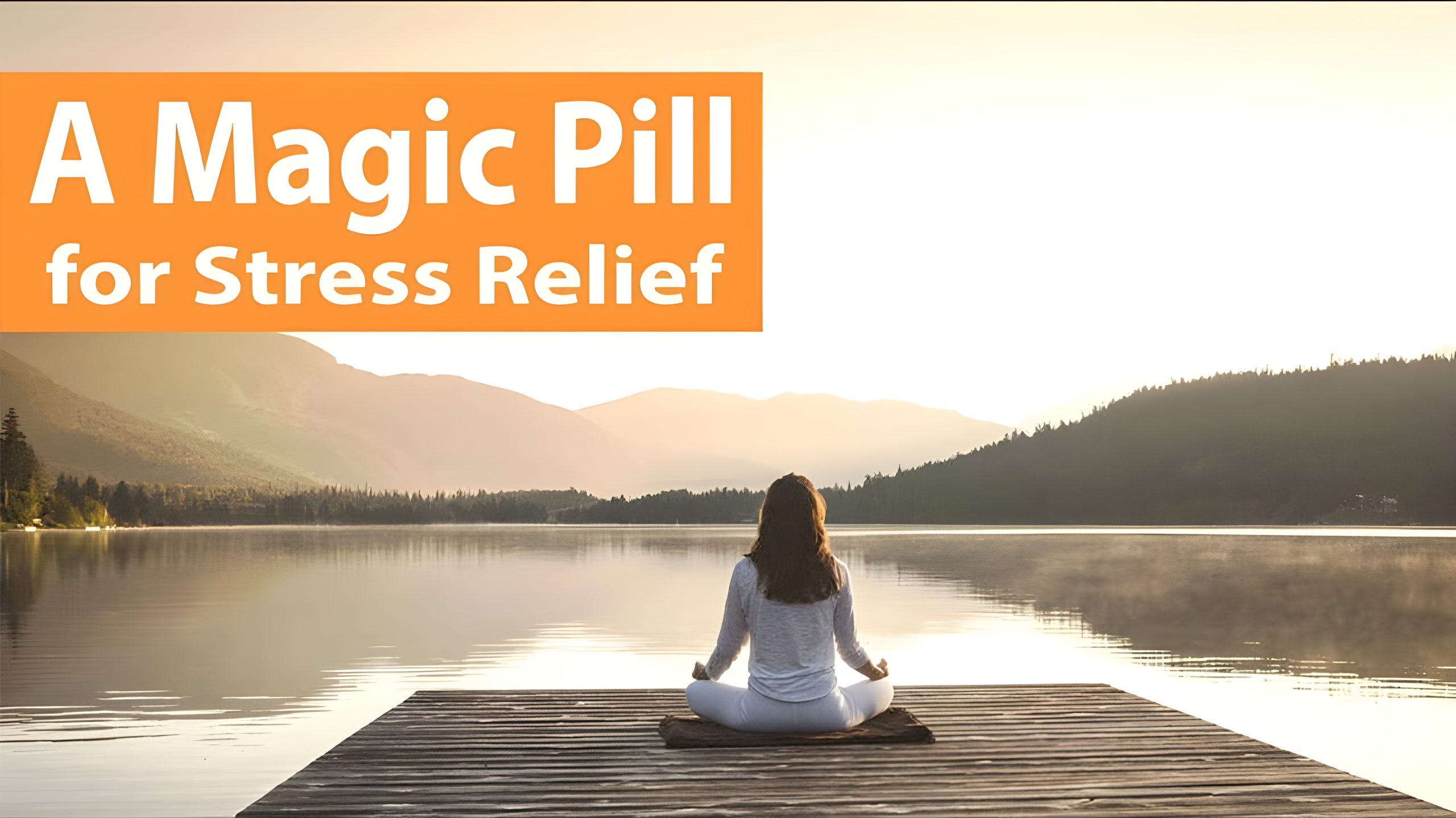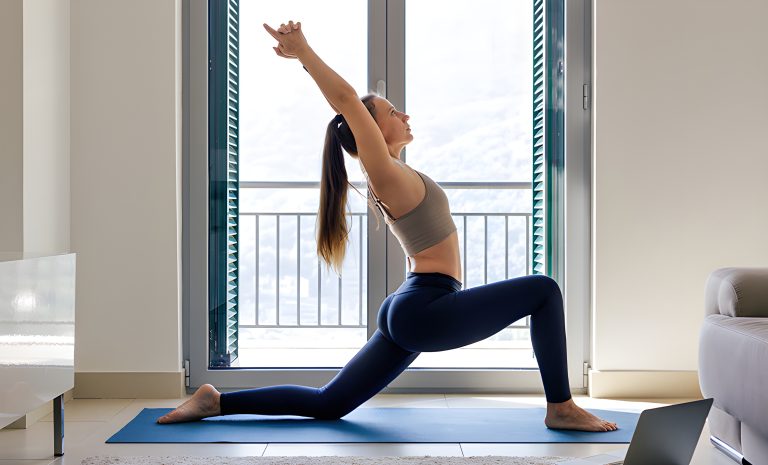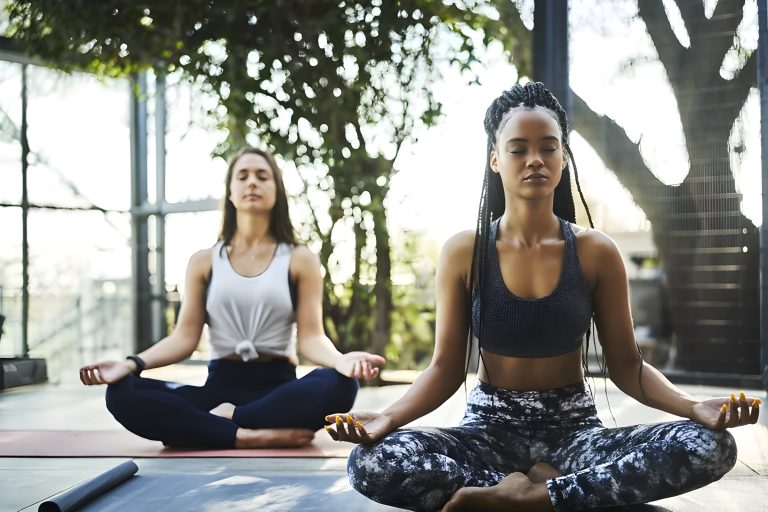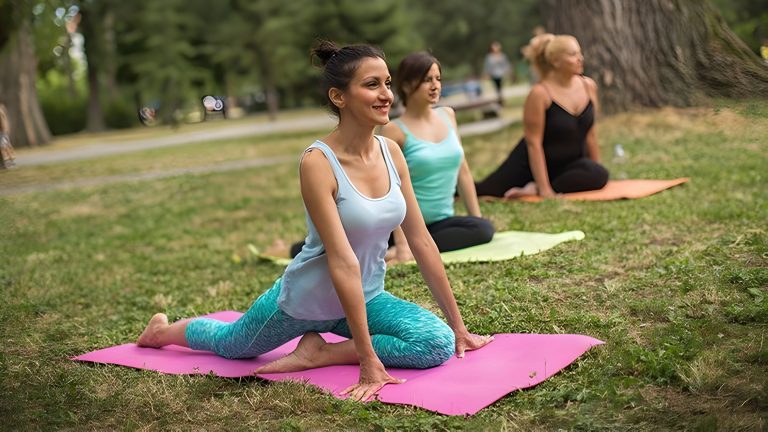Imagine a magic pill that regulates your feelings about situations beyond your control, eases stress and reduces your helplessness. This pill has no side effects and can be taken by anyone, regardless of age, as often as they like. Sounds impossible? I thought so too.
At 16, as a member of my senior school basketball team, I was at the mercy of intense emotional highs and lows. Victories meant boundless joy, while defeats plunged me into the depths of despair. Noticing how profoundly this affected me, my father suggested I meditate. To appease him, I gave it a shot. It was challenging, almost impossibly so, and I quickly abandoned my attempts.
The extremely engaging Netflix documentary, Mind Explained, explores the complexities of the human brain. One of its episodes features the Buddhist monk Mingyur Rinpoche, who as a child in the foothills of Mount Manaslu terrified of snow, thunder and strangers suffered from severe panic attacks. His father, like mine, introduced him to meditation. Unlike me, he persisted. Many years later he turned into a mindfulness prodigy, even establishing a monastery. Scientists in Wisconsin studied his brain and found that at 41, it resembled that of a 33-year-old. An fMRI machine showed an 800 per cent increase in activity in his empathy circuits during meditation.
During the pandemic, to cope with the extreme mental pressure, many turned to meditation. They continued long after, as they reaped immense benefits from the practice reduced stress and anxiety, better emotional health, enhanced self-awareness, lengthened attention spans and improved memory retention. It is no wonder that meditation is now a billion-dollar industry. The global meditation market size was valued at USD 7.41 billion in 2023.
As an adult, one of my goals was to meditate regularly. This time, I began with an app. Insight Timer and Headspace offered free sections for beginners. All I had to do was plug in my headphone and follow along. However, I found the soothing voices of my guides too relaxing—they often lulled me to sleep.
Therefore, I turned to the traditional approach. Sitting upright, I focussed on my breath. At first, my mind leapt from one mundane topic to another. But I reminded myself that thoughts are like cars on a highway; I only had to observe them. What began as a modest two minutes of meditation, grew as I persisted. After six months of regular practice, I could meditate without any aid, for 25 minutes. The results were astounding: my impatience dwindled, tolerance and compassion grew, and I felt less stressed about things beyond my control.






